Islamic Iran's Zoroastrian legacy
-
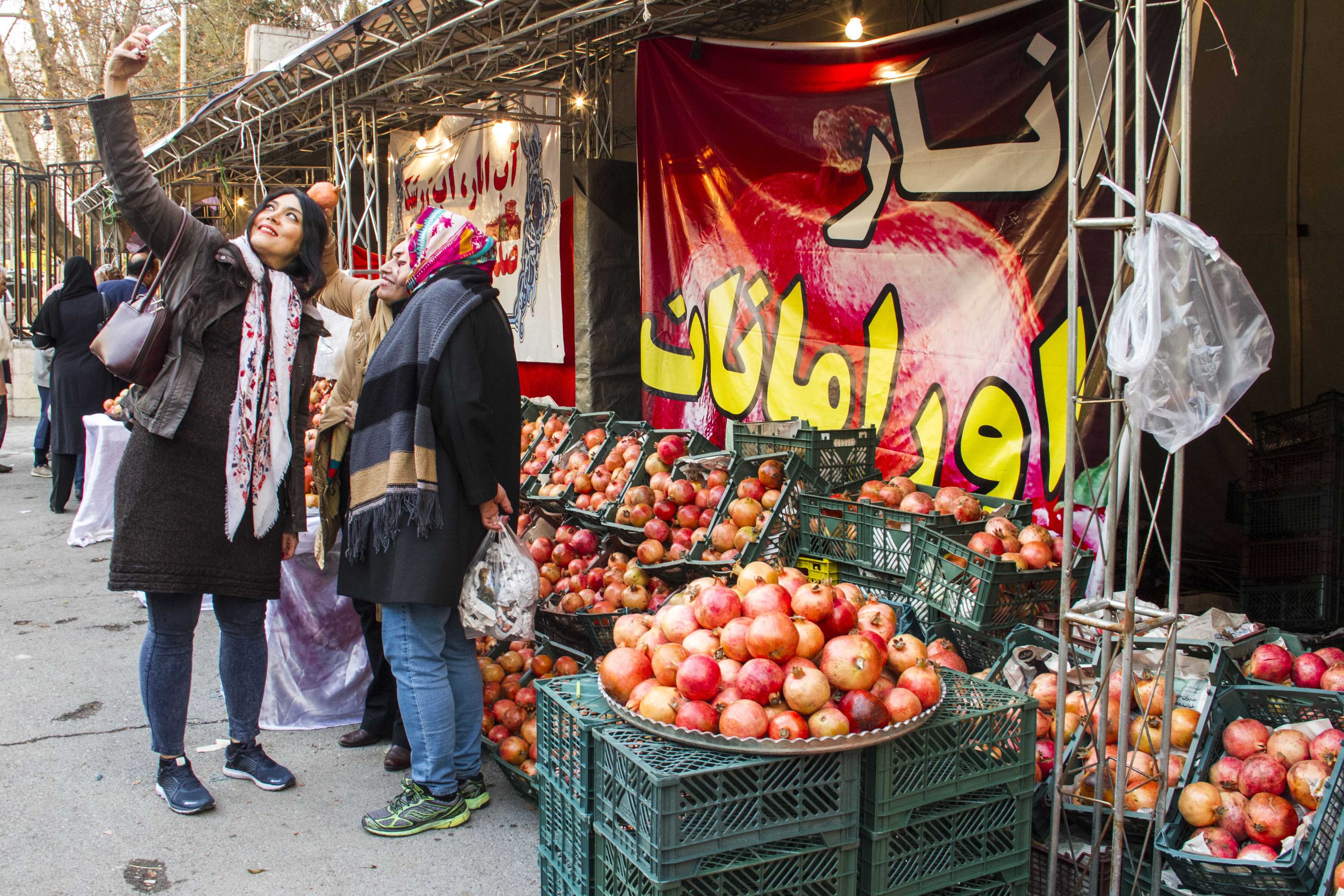
"Yalda" – a Zoroastrian ritual dating back to 1200 BC: around Christmas time, Iranians from all religious backgrounds celebrate the concept of rebirth. Pomegranate, nuts and watermelon are served during the ceremony, while family elders recite the poems of Hafez, an Iranian poet from the 14th century -
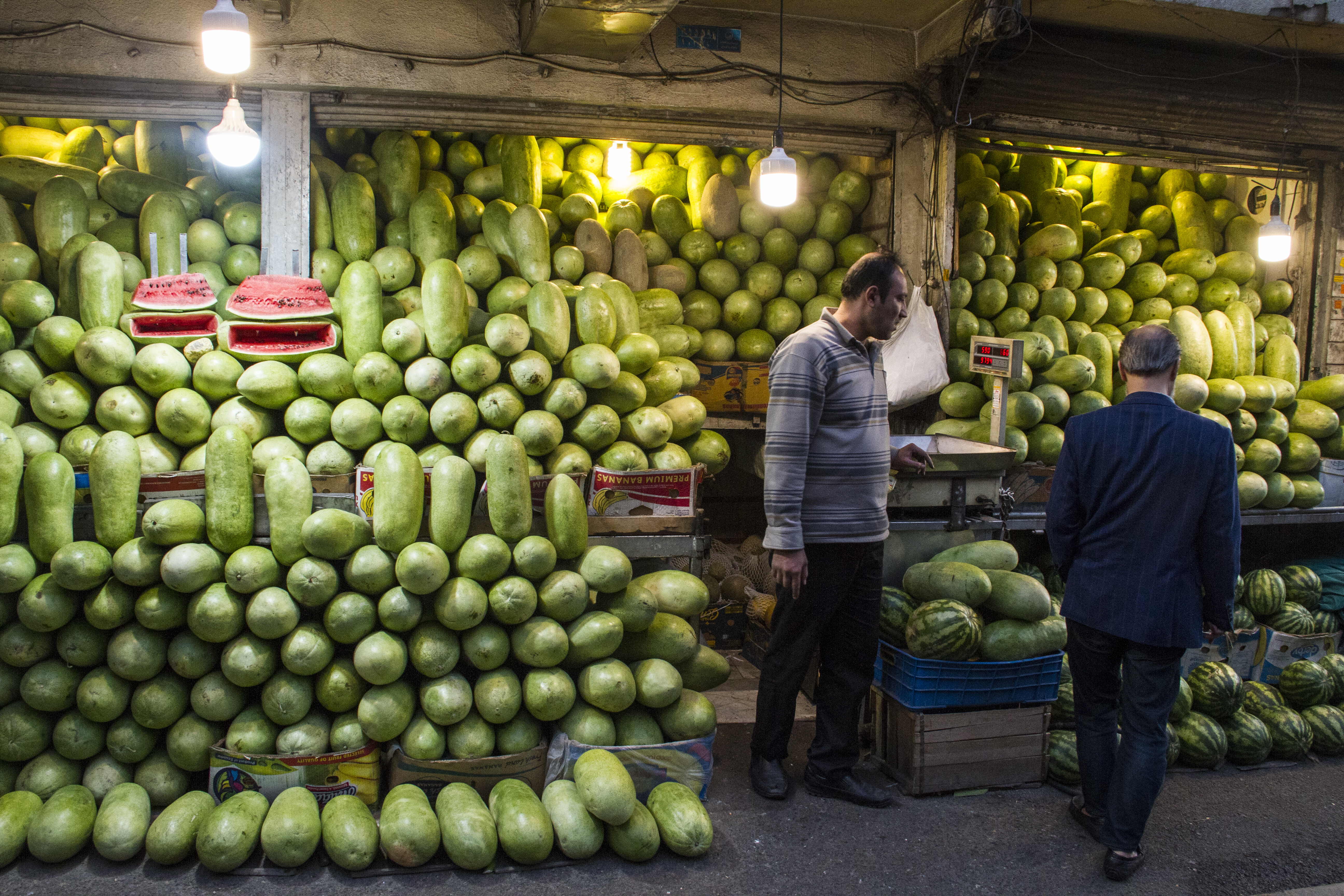
Summer fruit on a winter's night: the ceremony marks the longest night of the year (December 21 or 22), but eating watermelon, a summer fruit, is an essential aspect of the festival. It recalls the warmth of summer and is a sign that winter will end -
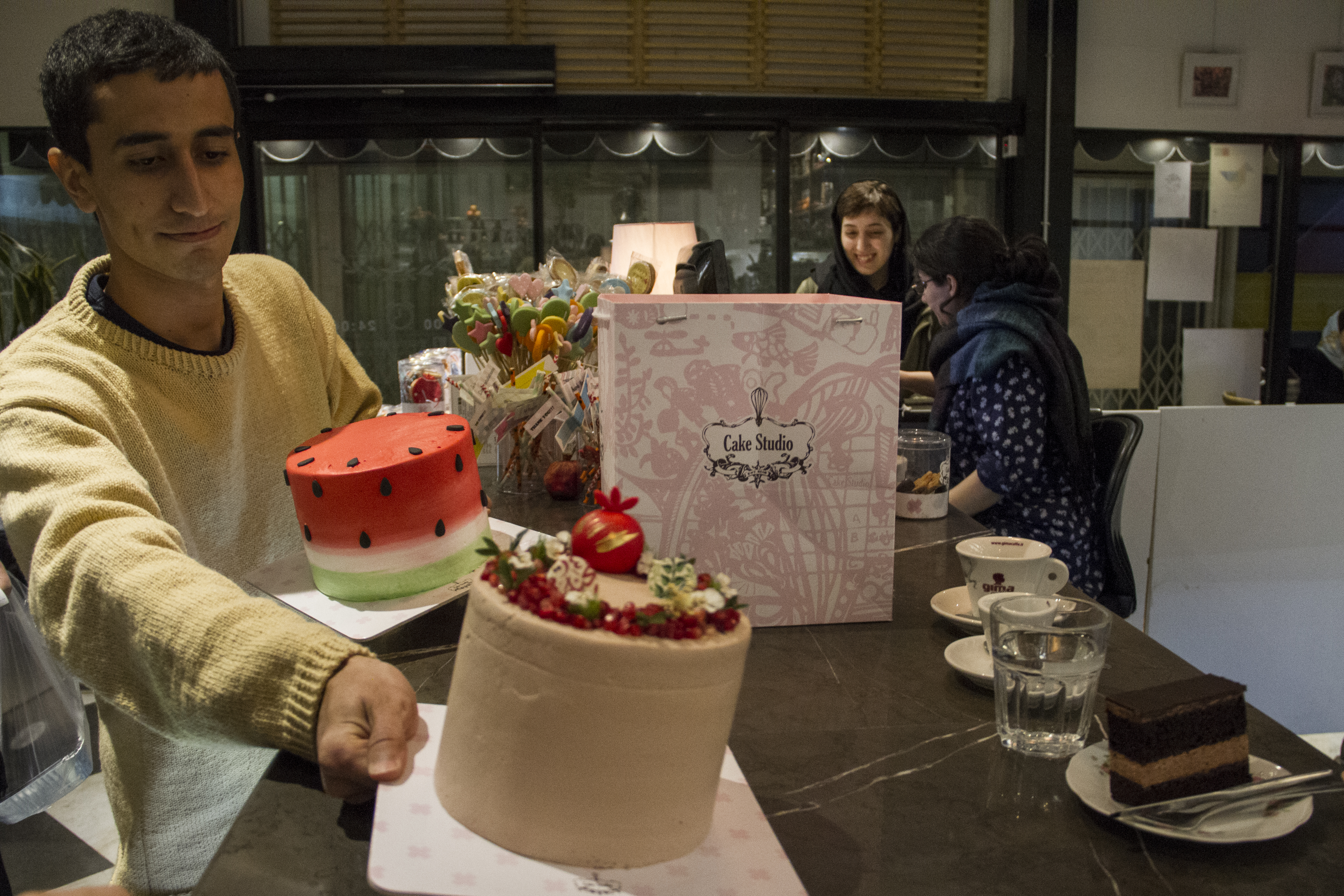
Sweet comforts in cake form: although the exact origins of Yalda remain unclear, ancient Persians celebrated this night to mark the defeat of darkness by the God of Sun, turning the longest night of the year into day -
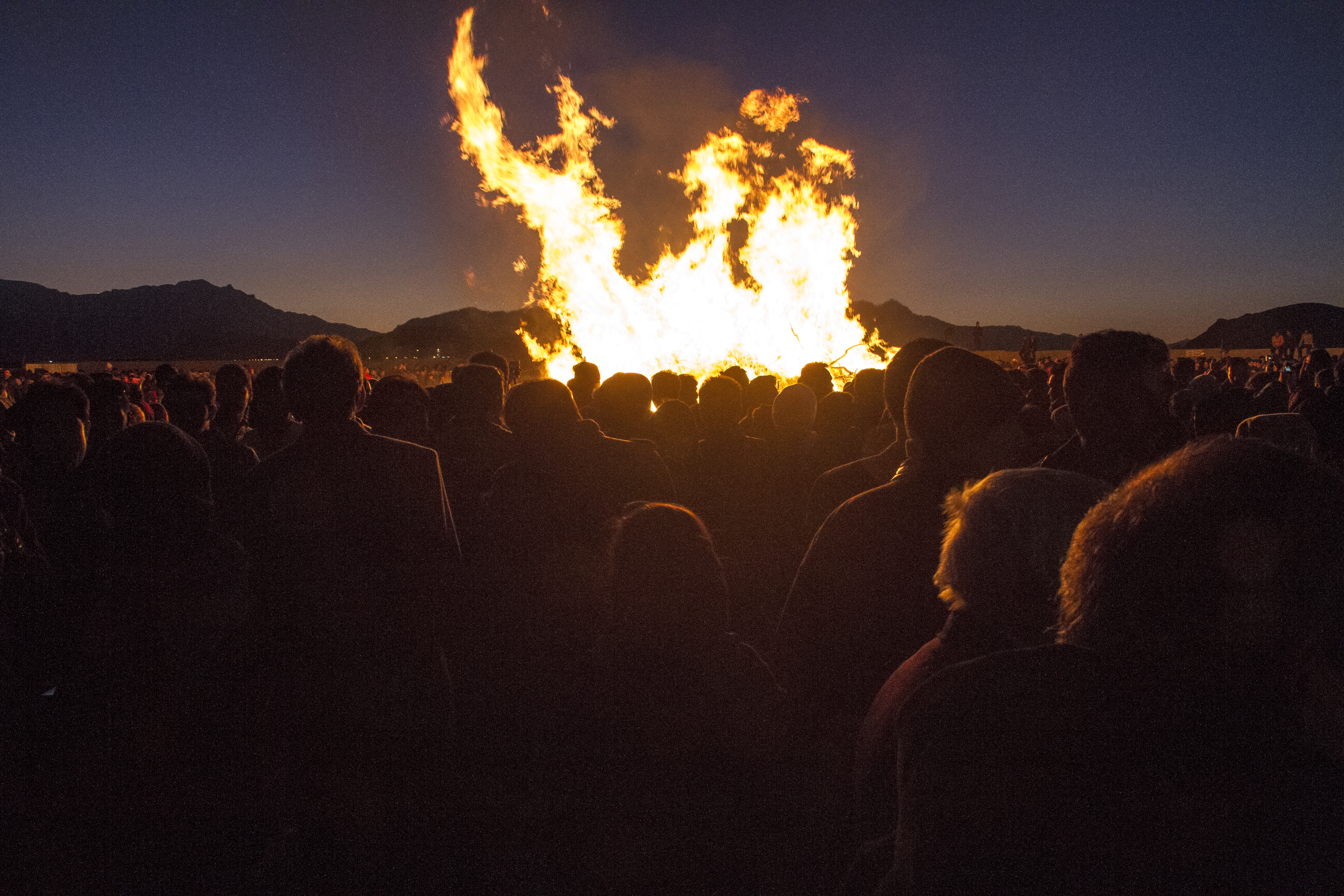
"Sadeh": Yalda is not the only ancient non-Islamic ceremony that Iranians commemorate nationwide every year. Sadeh is another Zoroastrian ritual during which bonfires are lit on the eve of 30 January to celebrate the light and warmth of fire against the coldness and darkness of wintertime -
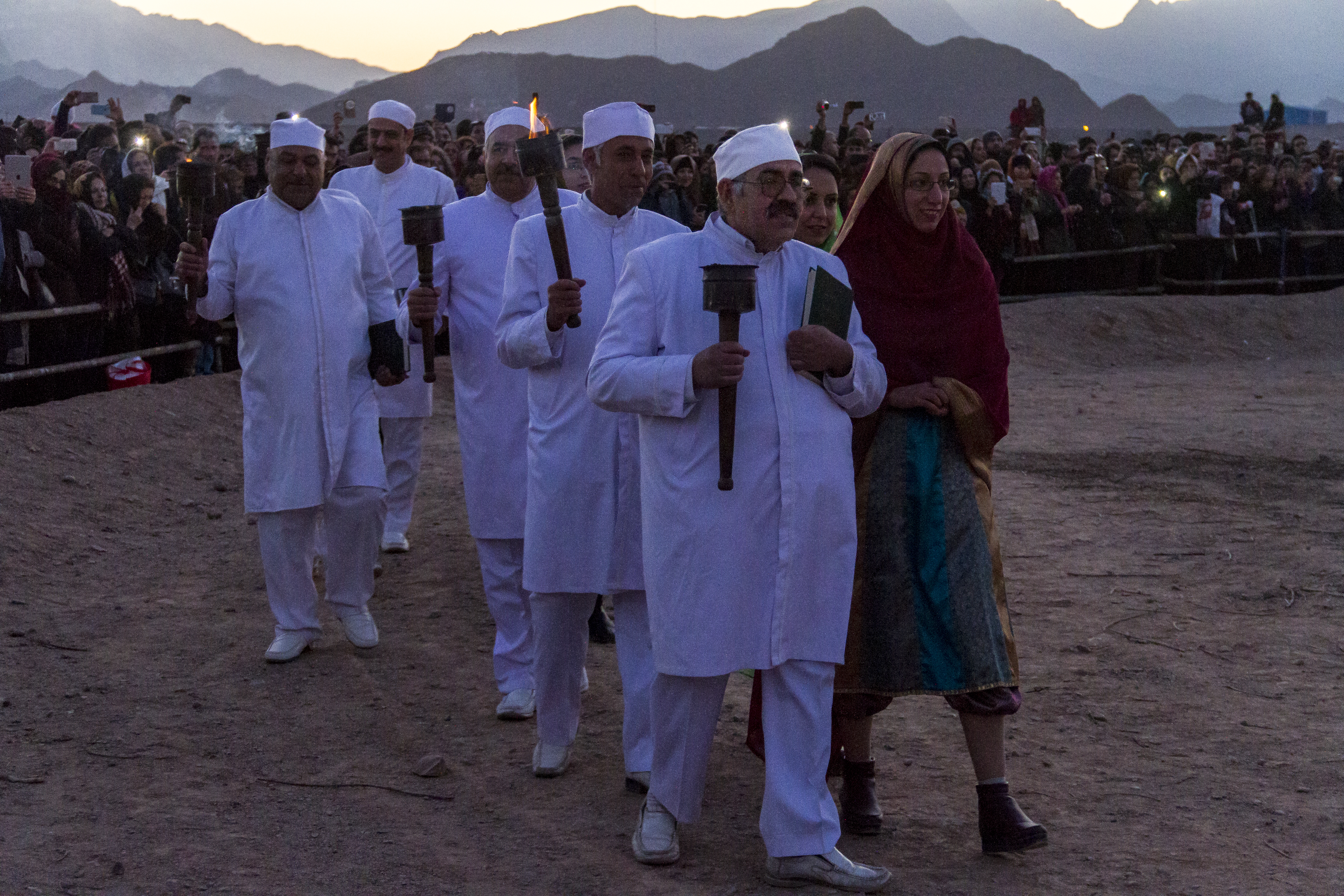
A national festival: every year, thousands of Muslim Iranians travel to Yazd and Kerman in central Iran to join the Zoroastrians celebrating Sadeh. However, on various occasions, security forces have banned Muslims from participating in the Sadeh celebrations -
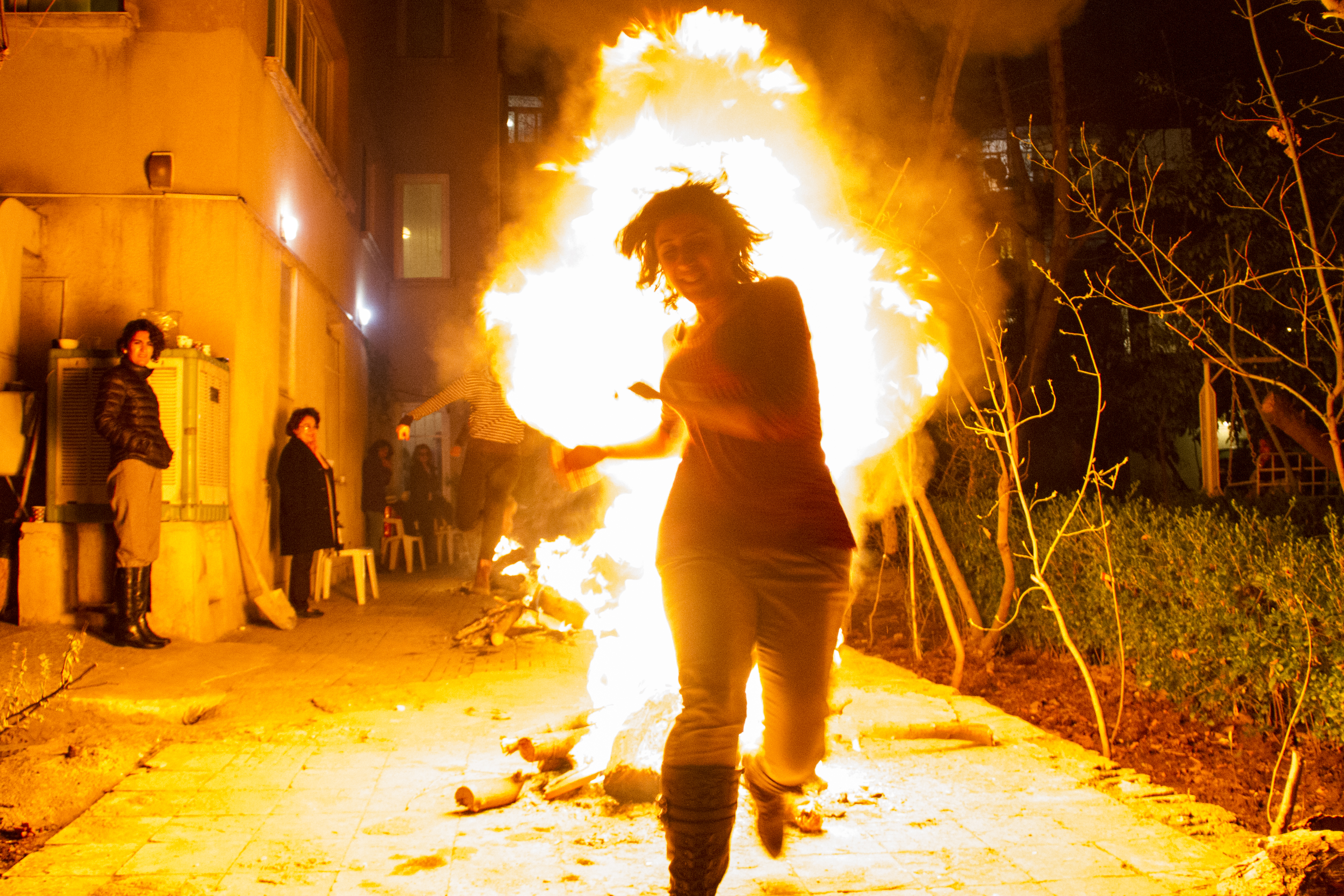
"Charshanbeh Suri": On this festival, which takes place on the last Wednesday of Persian year (beginning on March 20 or 21), Iranians jump over bonfires, honouring the creation of fire -
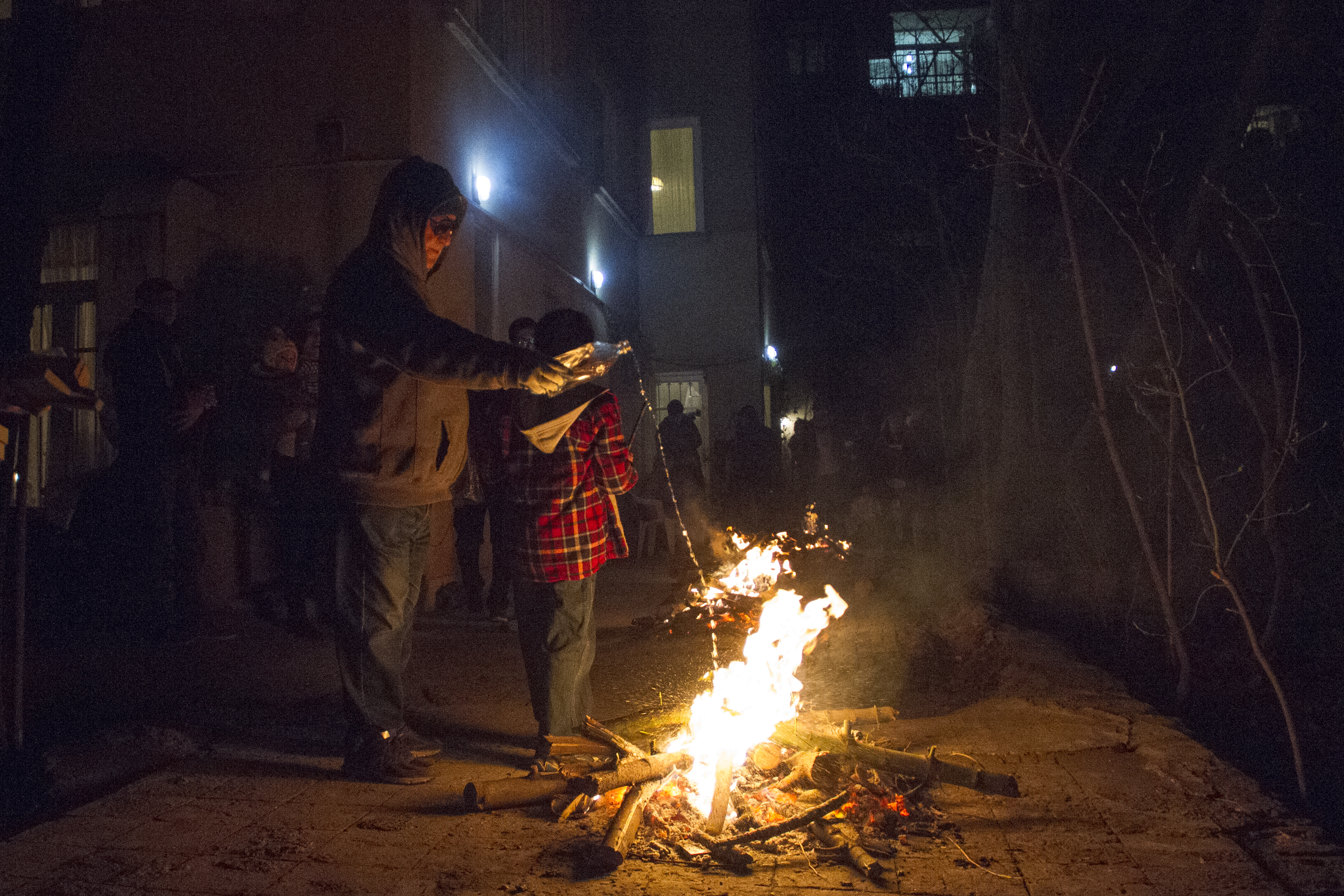
Fire plays a vital role in Zoroastrian beliefs and rituals: people make small bonfires when night falls on Charshanbeh Suri and celebrate this ancient festival in the streets -
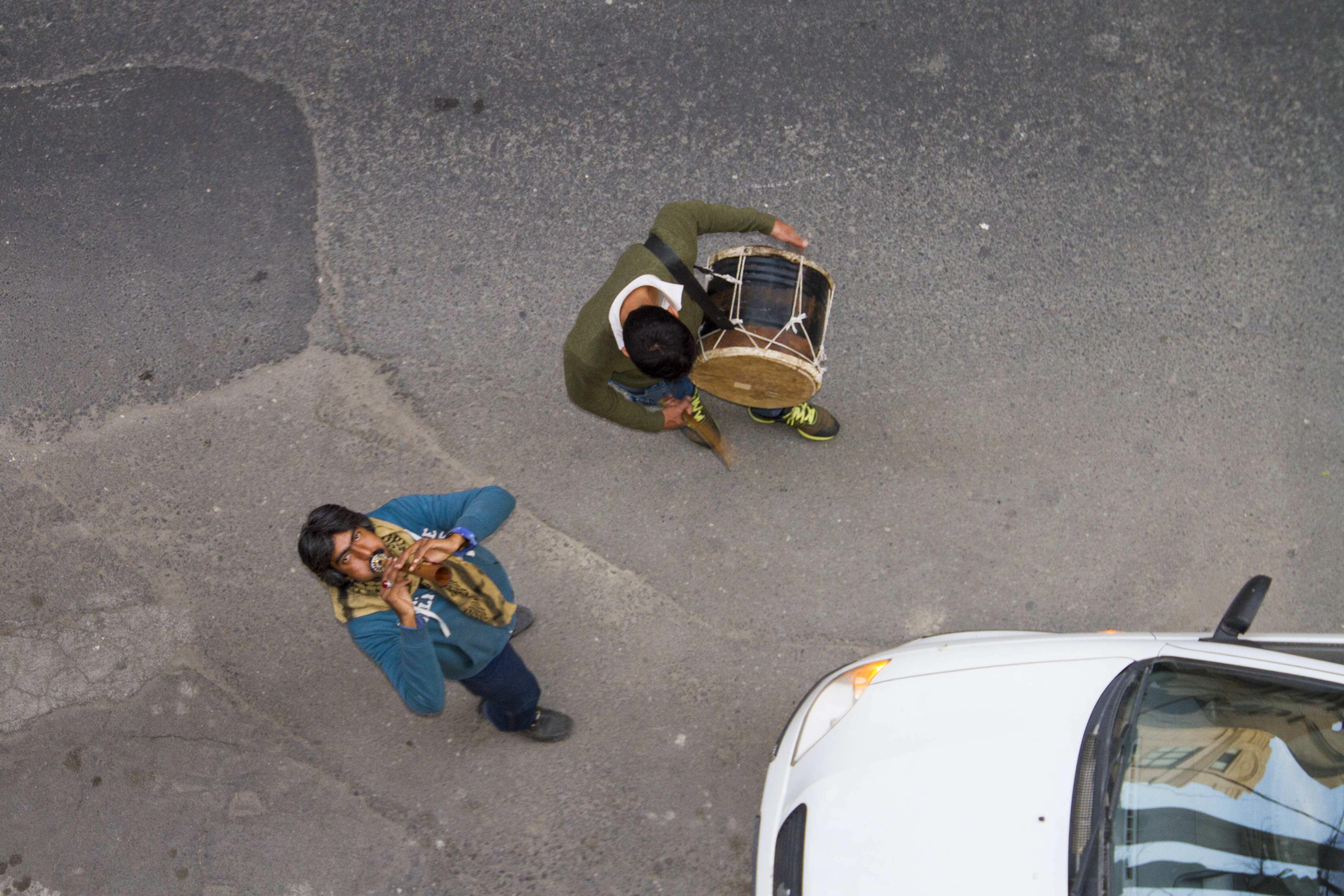
Three weeks of "Nowruz": Iran may be an Islamic country, but the Persian year begins with this ancient Zoroastrian celebration of the spring or Nowruz, meaning 'a new day'. On the last days of the winter, Roma musicians are the first to spread the news that Nowruz is on the way -
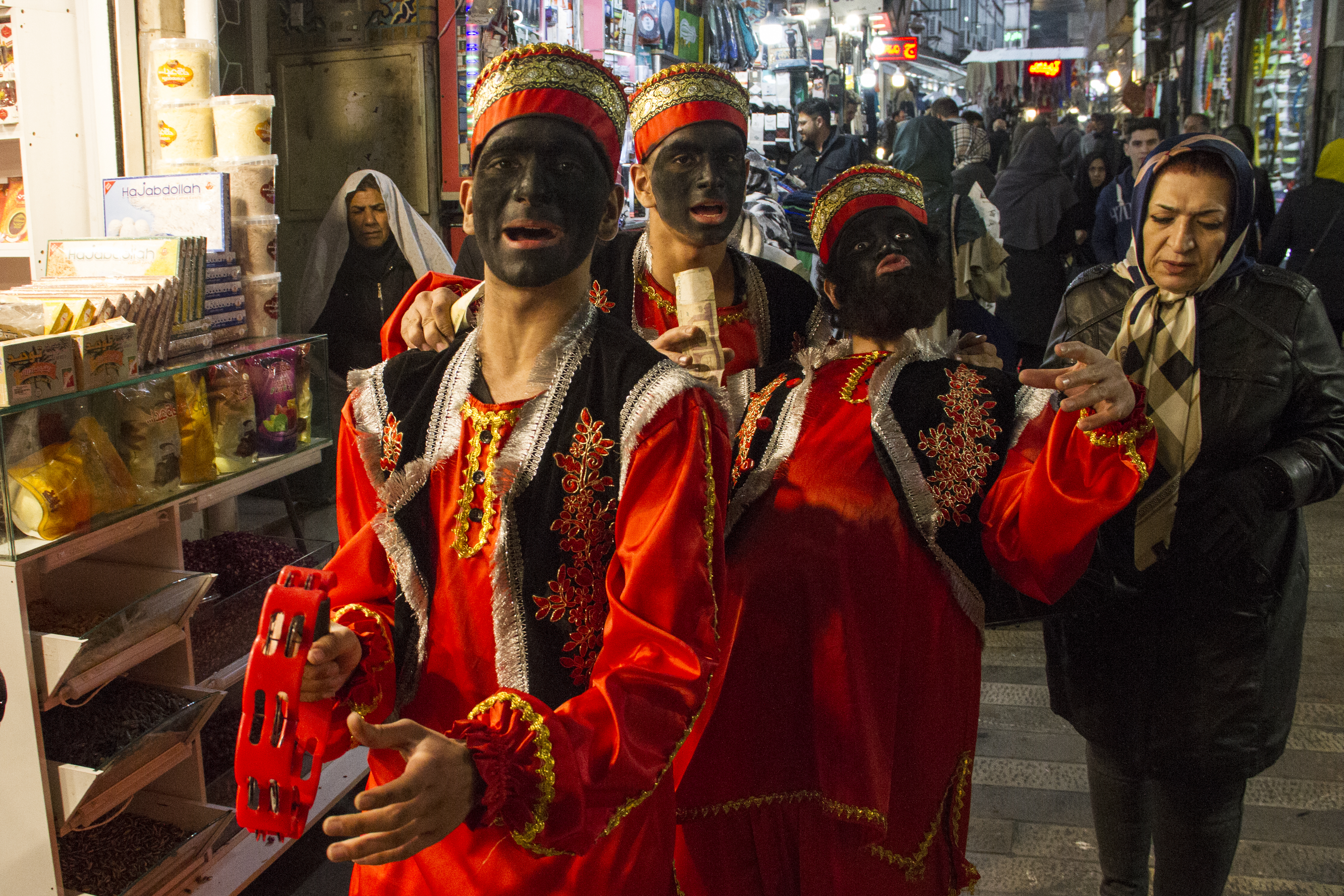
Singing, dancing, merry-making: a trio of theatre students dance and sing in Tajrish traditional bazaar before the official celebration of Nowruz. Today’s Nowruz ceremony is a combination of Islamic and Zoroastrian rituals. In the run-up to the main festival, professional players put on red clothes and sing and dance in the cities, reciting satirical songs and playing lively music -
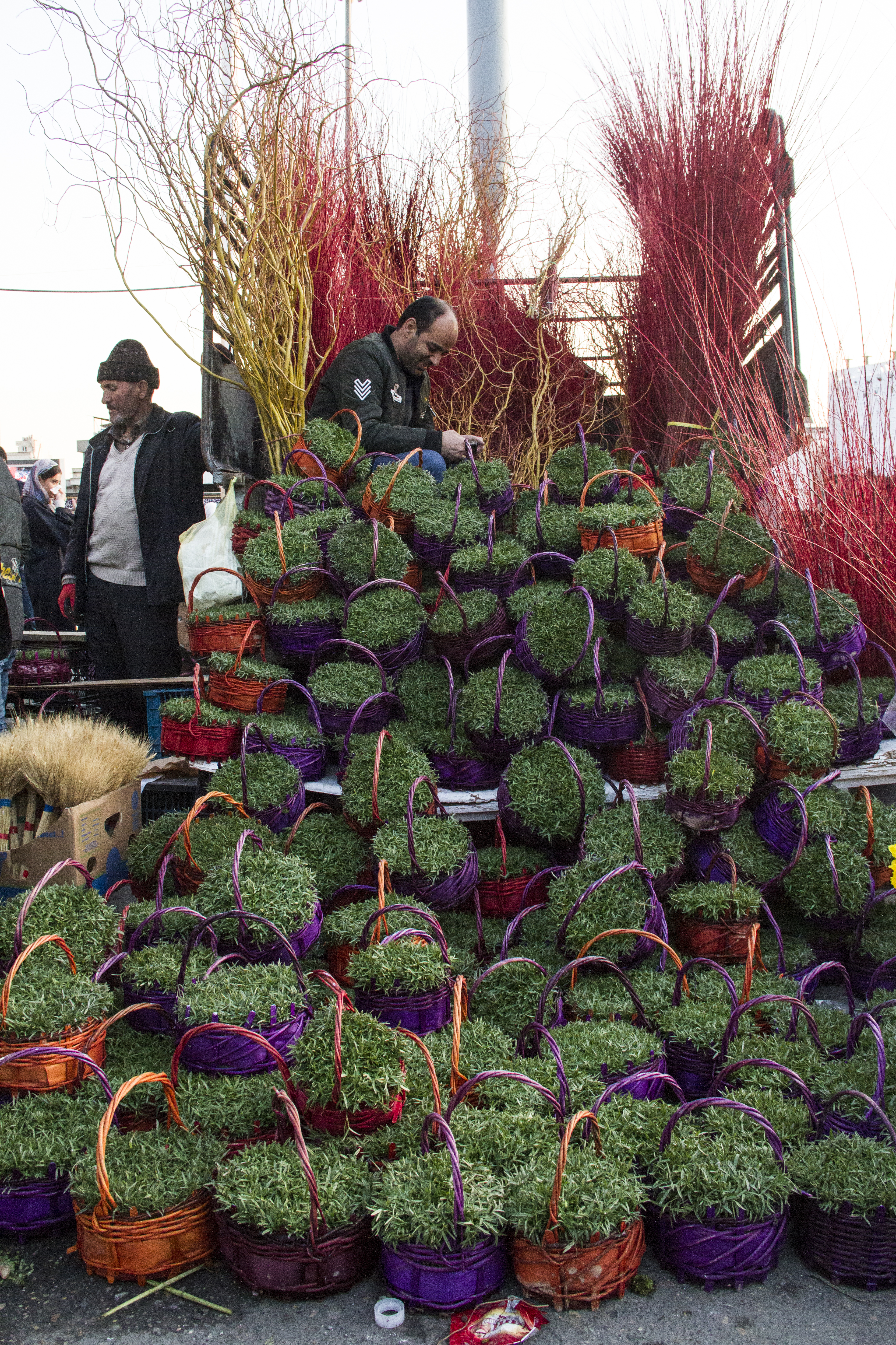
The symbols of spring: a vendor sells sprouted wheat, 'sabzeh', which is essential to the Nowruz table. Other items that appear on the Nowruz table are the Koran, a mirror, a goldfish in a bowl, painted eggs, garlic, vinegar, hyacinth, sweet pudding and coins -
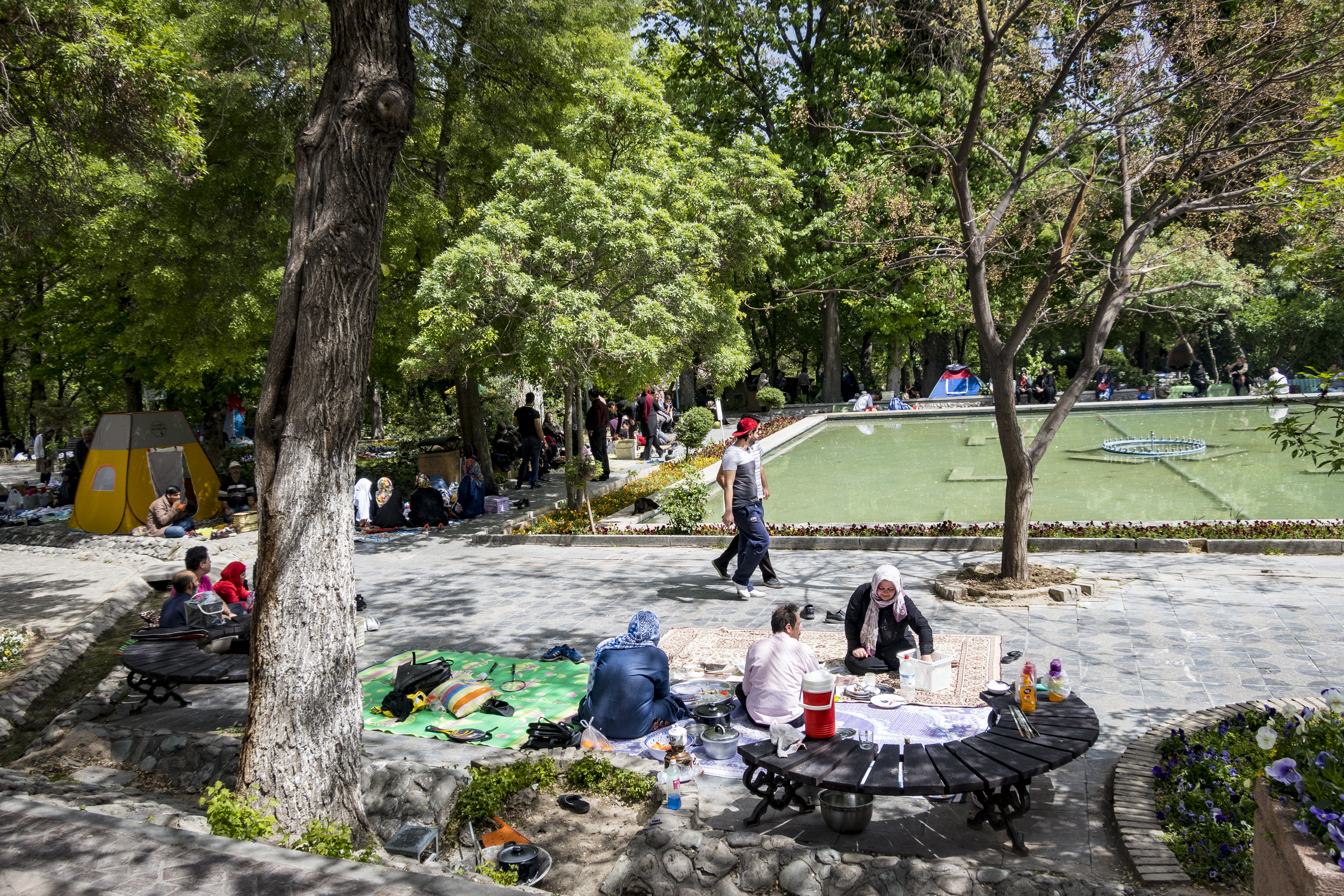
"Sizdah be Dar": held on the 13th day of the Persian year, this day is dedicated to getting out into nature – Iranians spend the day appreciating the great outdoors -
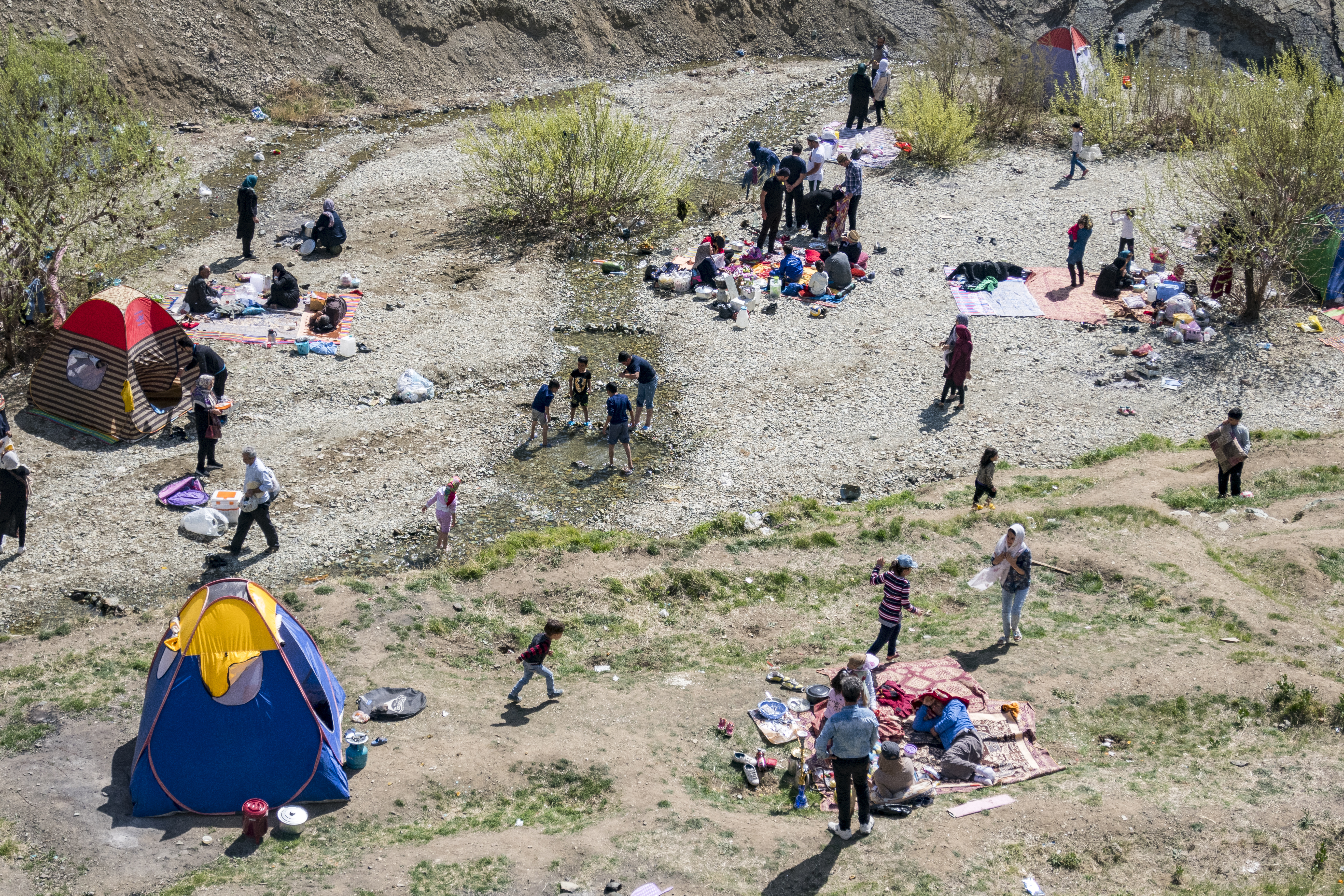
After the 1979 revolution, Sizdah be Dar was renamed the day of nature on the country’s official calendar, yet the festival has its roots in ancient Persia -
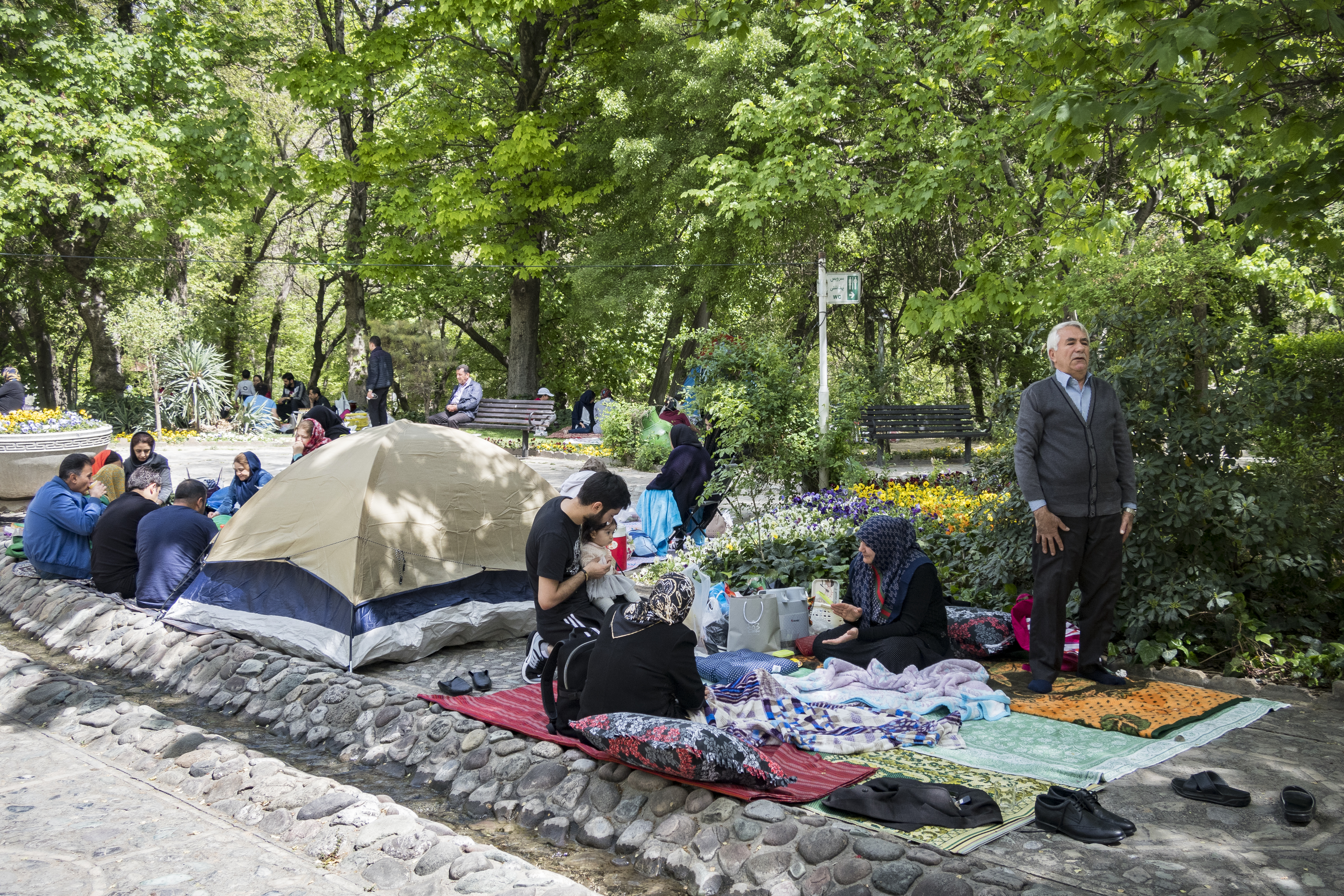
According to Per-Zoroastrian mythology, Sizdah be Dar is the day when Tishtar, the God of rain, defeated Apeosh, the demon of drought. Nowadays, in cosmopolitan cities like Tehran, those who cannot travel beyond the city limits spend the day in the municipal parks -
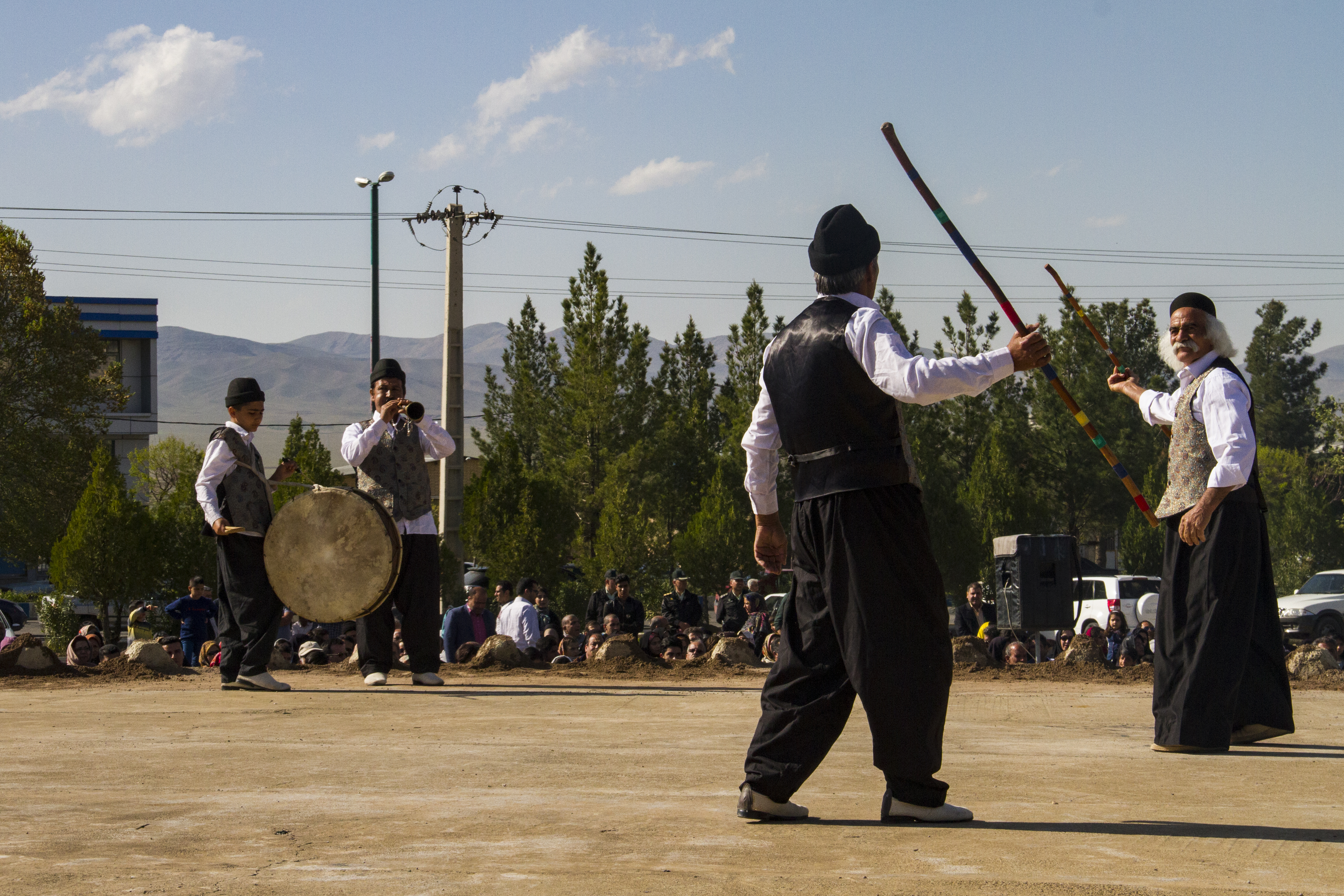
"Bilgardani": the origins of this ritual date back to the era of the Sassanian Empire (224 to 651 AD). Farmers in the city of Nim Var celebrate the tradition after finishing the dredging of their irrigation system. Before the main ceremony, two elders perform the traditional Choub dance -
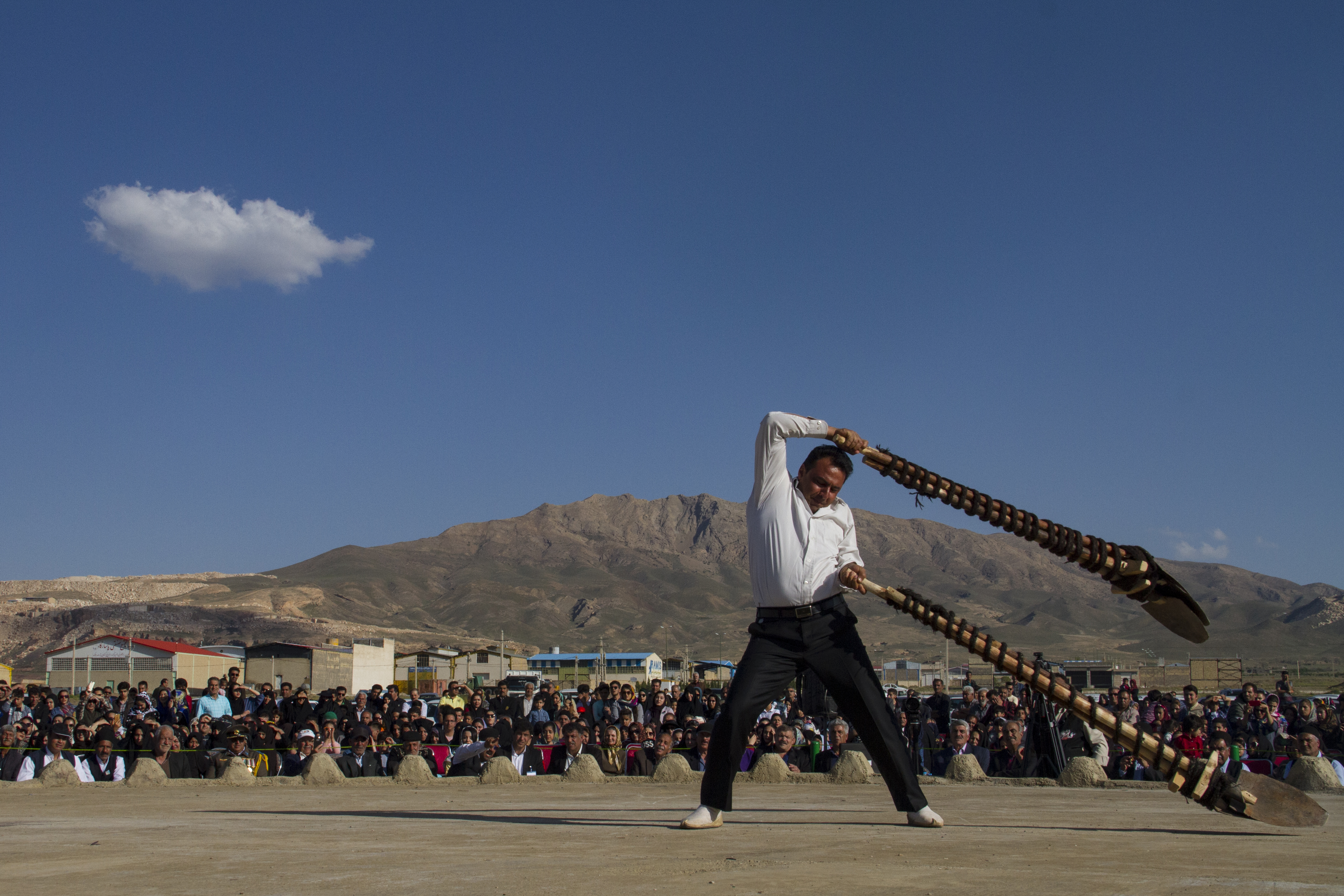
Historians believe Bilgardani is linked to the ancient Persian goddess of water, Anahita. One feature of Bilgardani is shovel-spinning. Competitors set out to spin two sets of shovels. One set consists of three shovels and the second of four. The person who spins both sets the longest emerges the champion
https://qantara.stage.universum.com/en/node/17664
Link
To all image galleries